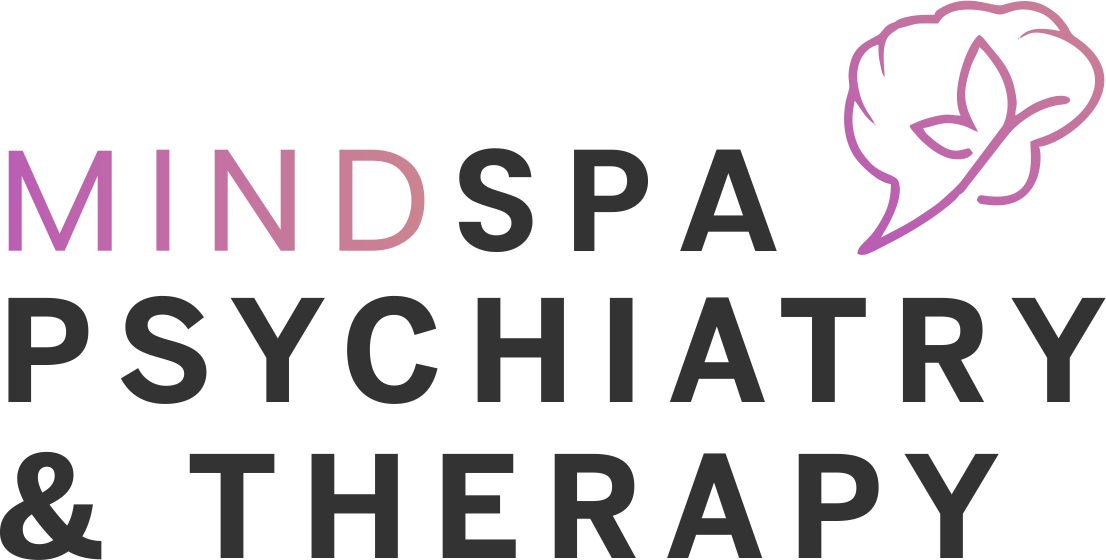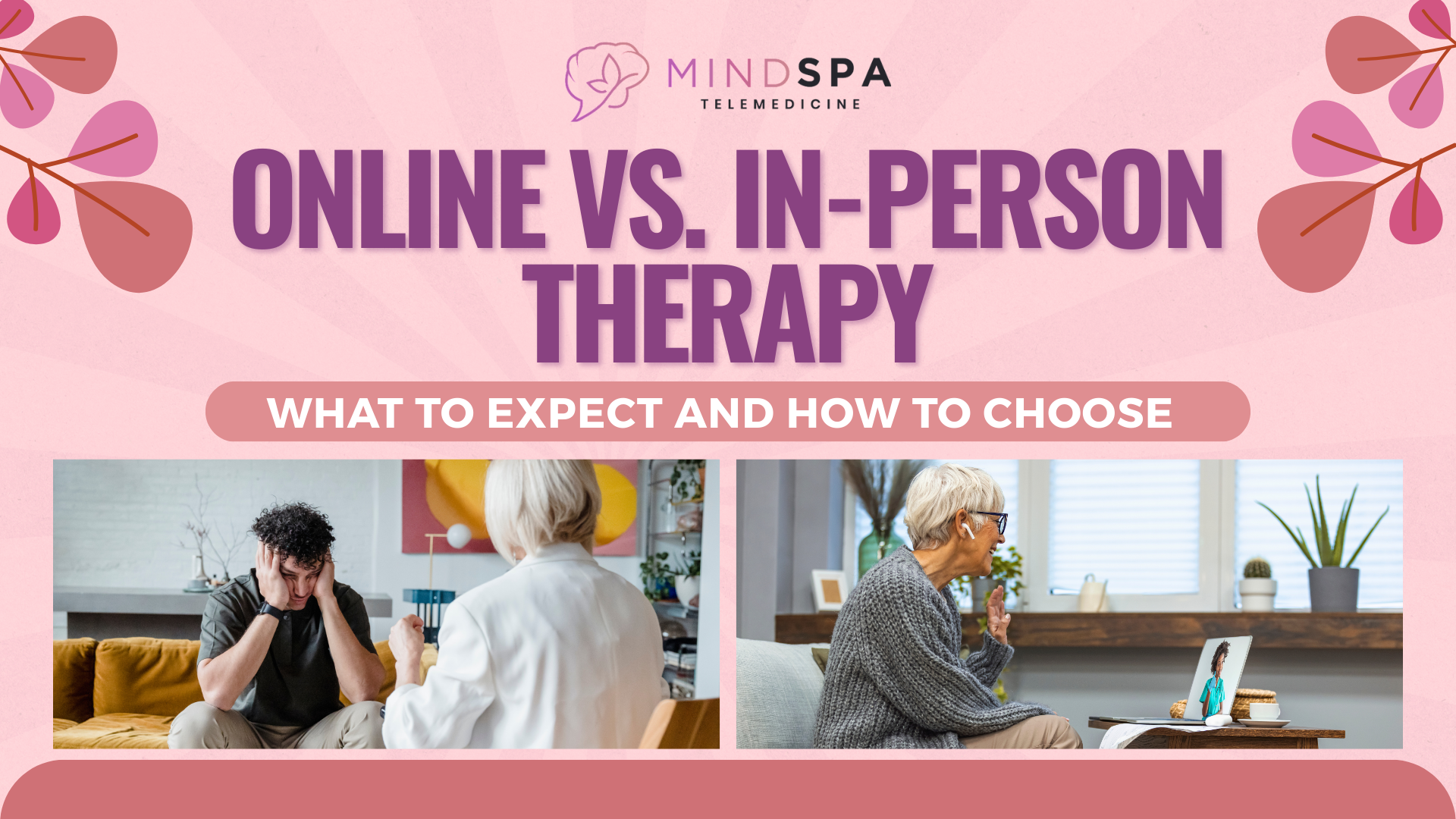More people today are seeking mental health support than at any point before. An online survey discovered that almost 42% of adults in the US have reported symptoms of either anxiety or depression. The two methods of therapy, online and in-person, are treated as fundamentally equal, with availability being a matter of comfort and access desire, and needs.
Knowing the differences helps you to make the correct choice in matters concerning your healing process.
The Rise of Online Therapy
The COVID-19 pandemic fast-tracked the need for online therapy. This path, which was thought of as an alternative route of getting support, has become a common method of obtaining assistance.
Websites such as BetterHelp, Talkspace, and even independent practitioners use a safe video conferencing method to reach clients in the comfort of their homes.
This convenience translates to reduced obstacles, a lack of commute, greater scheduling options, and increased access to specialists otherwise unavailable at your local facility. Over 80% of therapists delivered services online during the peak of the pandemic, and most still do so now due to client demand.
The Comfort of In-Person Therapy
Online therapy may be convenient, but in-person sessions recreate the standard therapeutic atmosphere that not every individual feels they can do without. Sitting in a serene room with your therapist facilitates a feeling of being there and the presence of mind. Communication is enhanced by the subtle communications of body language, tone, and physical environment.
In-person therapy for first timers may prove valuable, especially to clients with severe mental conditions, those in crisis, or those who are more comfortable in such situations. The physical treatment room in an office serves as a safe zone, free of distractions or stresses at home.
Comparing Online and In-Person Therapy
Choosing between online and offline therapy is one of the first questions that anyone might have when thinking about treatment. The unique benefits of each style of format have their benefits, and the type of style that suits you is what works best in terms of how and what you live on and your mental health requirements and comfort level.
The convenience of online therapy is unrivaled, as it removes geographic and scheduling restrictions. It makes it possible to have clients at home, and this saves both time and stress from commuting.
Face-to-face therapy provides the conventional treatment environment with an orientation towards privacy, design, and interpersonal association. It can assist the therapist in knowing more about its revelation since they can note the body language, facial expressions, immediate emotional reactions, etc.
There are now therapists who provide hybrid models, a blend of the two approaches, which clients can mix and match based on their circumstances.
Quick Comparison
| Aspect | Online Therapy | In-Person Therapy |
|---|---|---|
| Accessibility | Easy access from anywhere with internet | Limited to local providers |
| Scheduling | Flexible, often evenings/weekends | Dependent on office hours |
| Comfort Level | The home environment may feel safe | Neutral, distraction-free office space |
| Non-Verbal Cues | Limited to video/audio | Full body language and facial expressions |
| Best For | Busy schedules, mild-to-moderate concerns | Severe issues, crisis, or preference for face-to-face |
How to Decide What Works for You
The decision of taking online or in-person therapy is not about which one is better than the other, but what suits you at the moment.
- If convenience, affordability, and access are priorities, online therapy may be the best starting point.
- If you value physical presence, prefer fewer digital distractions, or feel more accountable when attending a physical office, in-person may be ideal.
It is also worth mentioning that nowadays many therapists provide hybrid models, and you can combine both variants. As an example, you may start in-person sessions to establish trust and transition to online for maintenance.
Addressing Safety and Confidentiality Concerns
Privacy is also among the most significant concerns that people associate with online therapy. Are sessions secure? Yes, but under the right circumstances. HIPAA licensed therapists work with encryption technology that can secure your confidentiality. Ask your therapist about the platform they use regularly, in case you are worried.
Conversely, face-to-face therapy has its privacy issues, including people observing them entering or leaving an office.
While both forms of therapy are safe, it is a matter of personal choice.
Conclusion
The issue of preference between online and physical therapy is very subjective. Each has distinct advantages and neither is supposedly universal. It is important to decide what suits you best regarding your life, comfort, and emotions. It is important to start with a single step in the healing process.
Frequently Asked Questions
Is online counselling as good as in-person?
Yes, studies indicate that online counseling may be as effective as in-person when addressing mild to moderate issues, such as anxiety or depression. Effectiveness depends more on the therapist-client relationship and commitment than on the medium itself.
How to choose the best type of therapy for you?
Reflect on your comfort level, access, and needs. If convenience and flexibility matter most, try online. If you value physical presence and personal interaction, in-person may be better. Some therapists offer both options.
What are the disadvantages of online counselling?
Possible disadvantages are technical problems, poorer non-verbal communication, and issues in individuals who have unsafe or distracting home situations. It can also be less efficient when faced with severe conditions that would require a lot of observation or a quick intervention.
Is it safe to do online therapy?
Yes, when done on HIPAA-compliant platforms that use encryption to secure your information. Make sure that you always check your therapist’s platform and credentials. Select a confidential area that is secluded to ensure confidentiality in the sessions.
What will psychotherapy look like 100 years from now?
Psychotherapy can combine the cultural skills of humans and sophisticated technologies. Personalized care may be made possible by the use of AI-driven support, immersive virtual reality settings, and predictive analysis. Nevertheless, human bonding, such as that between the therapist and the client, will probably continue to be central to the cure.

